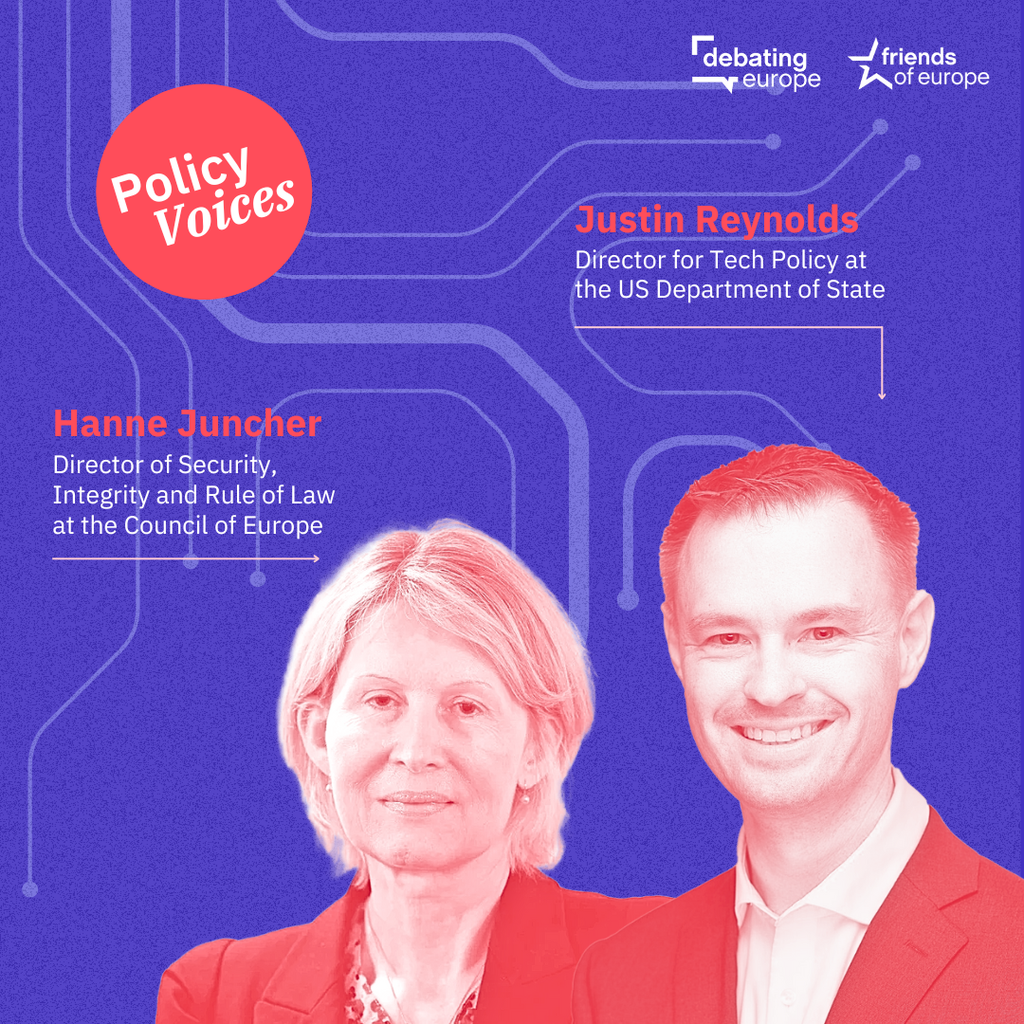A European agenda for space: resilience, security and sovereignty
Past event In person

- Area of Expertise
- Digital & Data Governance
Digital & Data Governance

Minister for Gender Equality and Nordic Cooperation, Denmark
The high youth unemployment in Europe is a tragedy. It affects the lives of almost 1 in 4 of all young people who are ready but unable to use their skills and gain their living. They are victims of the financial and economic crisis and they feel they have been let down by the political establishment. As a result they lose faith in national governments and in European leadership.
How can Europe help this younger generation? The challenge here is too big to be answered by those social initiatives alone: Europe suffers from lack of innovation, lack of competitiveness and lack of growth. What we need is a new Cecchini report. Let me explain.
In 1988, to jumpstart the drive toward an EU Single Market, the European Commission funded the research programme entitled “The cost of non-Europe. Chaired by Paolo Cecchini, a former top official at the Commission’s DG Internal Market and Industrial Affairs with extensive experience in economic and trade policy, a group of experts produced a report explaining the potential gains of completing the 1992 Single Market programme.
The conclusion was: “The economic gains from the 1992 programme could rise to 200 billion ECU or more, together with a substantial boost to employment.” The report created a vigorous debate and strong arguments. It became a driver towards removing barriers and putting legislation on track.
Today, we need a new report on the “cost of non-Europe”. The challenges are great, and failing to act has a devastating daily price for Europe’s 5 million unemployed youth. The single market is still not complete decades later, and finishing the job has great potential. Let me give a few examples:
In some cases, existing rules can do the job – they just need the political impetus to be enforced. In other cases, new and simplified rules and initiatives have to be put in place. For instance, a sector approach to service liberalisation or a common European label for secure e-trade.
What can provide that impetus? I believe a new “Cecchini Report, anno 2015” could provide the push needed, a thorough report on potential gains can be the driver for growth generated by a well-functioning single market. This is a precondition for creating new jobs for young Europeans and to give them hope for the future.
Past event In person

Next event In person & livestreamed

Past event Online

Past event In person





Stay informed
We use cookies and similar technologies to adjust your preferences, analyze traffic and measure the effectiveness of our campaigns. Learn more about our privacy policy.